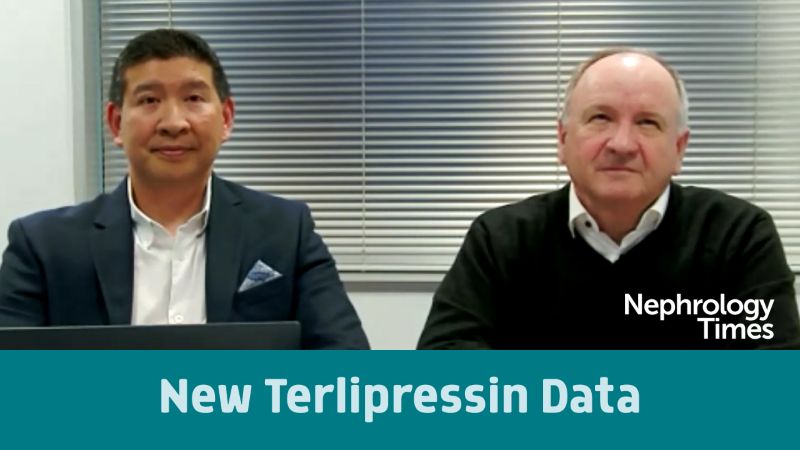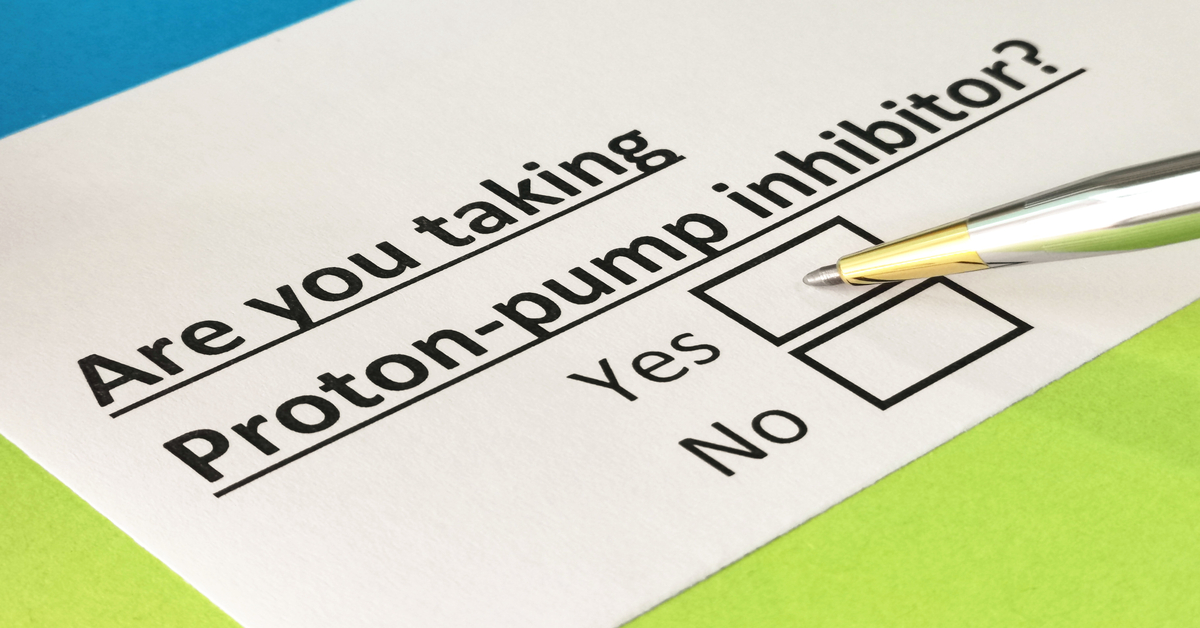
Asymptomatic blood pressure (BP) elevations are common occurrences among hospitalized patients, even those who do not have hypertension. Such occurrences are often treated with as-needed BP medications, including onetime and recurring as-needed administration. However, the benefits and consequences of this practice are unclear. Meanwhile, some research suggests there is an association between BP treatment and a higher risk of acute kidney injury (AKI) and other adverse outcomes.
With their study, Muna Thalji Canales, MD, and colleagues wanted to clarify whether treatment of asymptomatic BP elevations in the hospital with onetime or recurring use of as-needed medications increases the risk of AKI and other adverse outcomes. The findings were published in JAMA Internal Medicine.
The researchers conducted a retrospective cohort study of adults hospitalized for at least three days at Veterans Affairs hospitals between October 1, 2015, and September 30, 2020. Using target trial emulation, the researchers emulated a potential pragmatic randomized clinical trial comparing the impact of two approaches to treating inpatient hypertension (defined as at least one systolic BP reading of >140 mm Hg) on the development of AKI (defined as an increase in serum creatinine of 0.3 mg/dL from the baseline value within 48 hours or an increase by 50% over seven days) and other secondary outcomes.
Participants were required to have been hospitalized in a medical or surgical unit other than the intensive care unit, not to have undergone surgery, and to have received at least one scheduled BP medication within the first 24 hours of hospital admission. Participants also must have had at least one systolic BP reading higher than 140 mm Hg during their hospitalization. Data were analyzed between April 2023 and August 2024.
Eligible participants were randomized to one of two approaches, either receiving as-needed BP medication (intervention arm) or as-needed BP medication not allowed (control arm). The retrospective study was designed to emulate the key elements of such a hypothetical trial.
The primary outcome was the onset of AKI after first use of as-needed BP medication or after the first scheduled BP medication administration. Secondary outcomes included a greater than 25% reduction in systolic BP within three hours of as-needed BP medication administration and the composite outcome of myocardial infarction, stroke, or death during hospitalization.
The analysis included assessment of key characteristics of veterans and their hospitalizations, which were considered as important for predicting as-needed BP medication administration and outcome development across comparison groups. An absolute standardized mean difference greater than 0.1 was considered a clinically consequential difference between comparison groups.
The researchers performed 1:1 exact matching between the groups on the reason for admission to minimize confounding by indication. Next, the propensity score was estimated using a logistic regression model (defined as the probability of as-needed BP medication exposure, given a set of observed covariates), and 1:1 propensity score matching was performed. Cox proportional hazard regression models were used to estimate hazard ratios (HRs) with 95% CIs for the time to first incidence of AKI and rapid BP reduction between as-needed BP medication recipients and matched control participants separately. In addition, several stratification analyses were conducted to examine the heterogeneity effects based on various factors.
The mean (SD) age of participants was 71.2 (11.6) years, 96% were male, 71.7% were White, 19.9% were Black, and 6.3% were Hispanic. Participants’ mean (SD) baseline estimated glomerular filtration rate was 75.7 (22.7) mL/min/1.73m2.
A total of 133,760 veterans were included in the analysis. The as-needed BP medication group consisted of 28,526 patients (21%). However, 2,989 patients developed AKI before the first BP medication was administered. That left 130,771 patients for the AKI outcome analysis, of whom 26,202 (20%) received as-needed BP medication. Of patients included in the AKI outcome analysis who were receiving as-needed BP medications, 20,141 (80%) had onetime orders and 6,061 (20%) had as-needed orders. Eighteen percent received BP medications intravenously, 66% received BP medications orally, and 15% received both oral and intravenous (IV) medications.
In the primary analysis, after propensity score matching, AKI was 23% more likely to occur in patients who received at least one as-needed BP medication (HR, 1.23; 95% CI, 1.18-1.29) compared with those who did not. Subgroup analyses revealed a higher AKI risk with IV as-needed BP medication administration compared with oral or combined oral and IV administration. In the secondary analyses, patients receiving as-needed BP medications had a 1.5-fold greater risk of rapid BP reduction (95% CI, 1.39-1.62) and 1.69-fold higher rate of the composite outcome (95% CI, 1.49-1.92) compared with patients not receiving as-needed BP medications.
The researchers acknowledge limitations of their study. There is a possibility of unmeasured or residual confounding, and some baseline values were missing. It is possible that some patients had symptoms that justified rapid BP reduction and that some patients received as-needed BP medications for reasons other than elevated BP. Other data regarding factors that could influence BP readings were limited. The use of the present-on-admission indicator with follow-up diagnosis codes to identify myocardial infarction or stroke may have led to biased ascertainment of outcomes. Lastly, the study’s generalizability is limited.
In conclusion, the study found that use of as-needed BP medications for asymptomatic BP elevation in the hospital setting was associated with a higher risk of AKI, rapid decrease in BP, myocardial infarction, stroke, and death. The authors wrote, “The practical implication of our findings is that there is at least equipoise regarding the utility of as-needed BP medication use for asymptomatic BP elevations in hospitals. Thus, future prospective trials should evaluate the risks and benefits of this common practice.”
References
Canales MT, et al. JAMA Intern Med. 2025;185(1):52-60. doi:10.1001/jamainternmed.2024.6213







 © 2025 Mashup Media, LLC, a Formedics Property. All Rights Reserved.
© 2025 Mashup Media, LLC, a Formedics Property. All Rights Reserved.